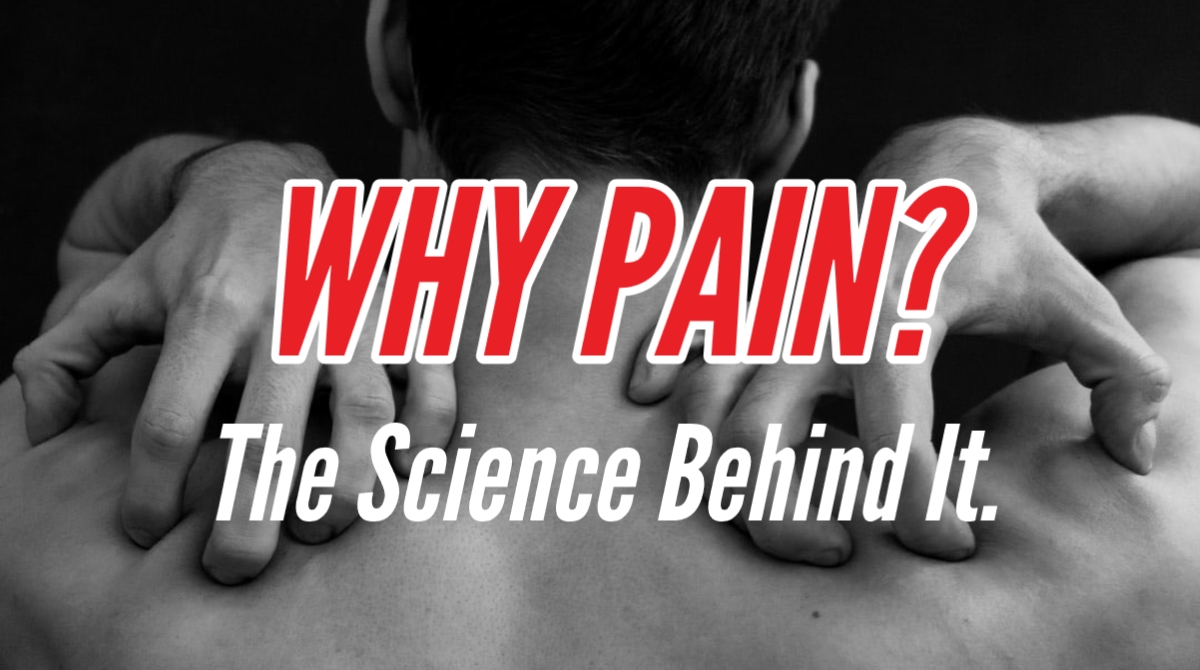The Science Behind Pain

Please find below some facts, information, and articles regarding the Science Behind Pain:
-
Nociceptors (nerves) relay information regarding specific stimuli back to the spinal cord and brain including:
-
Mechanical (Pressure)
-
Chemical (Physiological processes or external substances)
-
Thermal (Hot or Cold)
-
-
The brain determines the level of threat associated with a given stimulus and produces a painful output or response. Thus, pain is an output of the brain.
-
Pain is protective in nature and can be thought of as similar to the alarm system in your house.
-
For a stimulus to be painful, it will need to exceed a certain threshold before the brain determines it to be a threat to the body.
-
In cases of acute injury, this threshold is lowered and is protective in nature.
-
In cases of long-term, persistent pain where healing has occurred and there is no longer tissue damage, the threshold may continue to be lowered state. This can result in continued painful responses to normal stimuli. This can be inhibitory in nature and is known as allodynia (an abnormal painful response to a normal stimulus).
-
This threshold can also be artificially lowered with long-term use of opioid medication.
-
-
The pain threshold can be raised to an appropriate level by graded exposure to mildly irritating stimuli that can include everyday activity, stretching, exercise, or manual therapy/dry needling.
-
Because pain is an output of the brain, we must consider the impact of mood/psyche on pain (another output of the brain).
-
This is where alternative therapies including cognitive behavioral therapy (CBT), mindfulness/meditation, stress reduction techniques, and biofeedback may be helpful
-
Further Reading:
Factors affecting pain: mood/psyche, nutrition, activity level https://www.integrativepainscienceinstitute.com/latest_podcast/how-food-sensitivities-contribute-to-pain-with-tom-malterre/?inf_contact_key=4f1c51480ed2886957aacaf88d579b7f680f8914173f9191b1c0223e68310bb1
Pain is not associated with tissue damage – https://www.ncbi.nlm.nih.gov/pubmed/2312537
Article regarding benefits of CBT or other relevant therapies and pain – https://www.practicalpainmanagement.com/treatments/psychological/pain-catastrophizing-what-practitioners-need-know?fbclid=IwAR3cWsgrDFZieZPtdS9E9M3i6m8iDD0QRUaZNwep3HWv3Xru7cGtmjKXYtk
